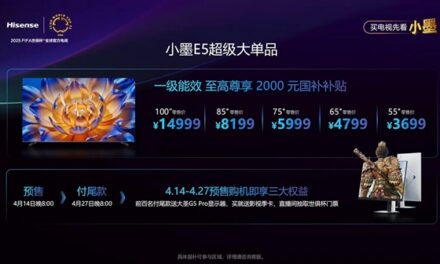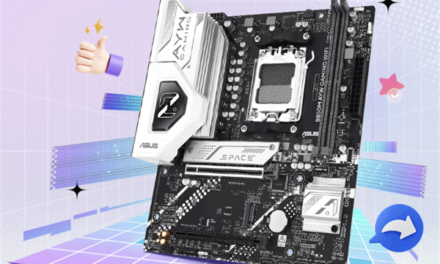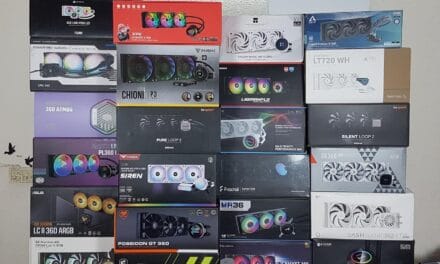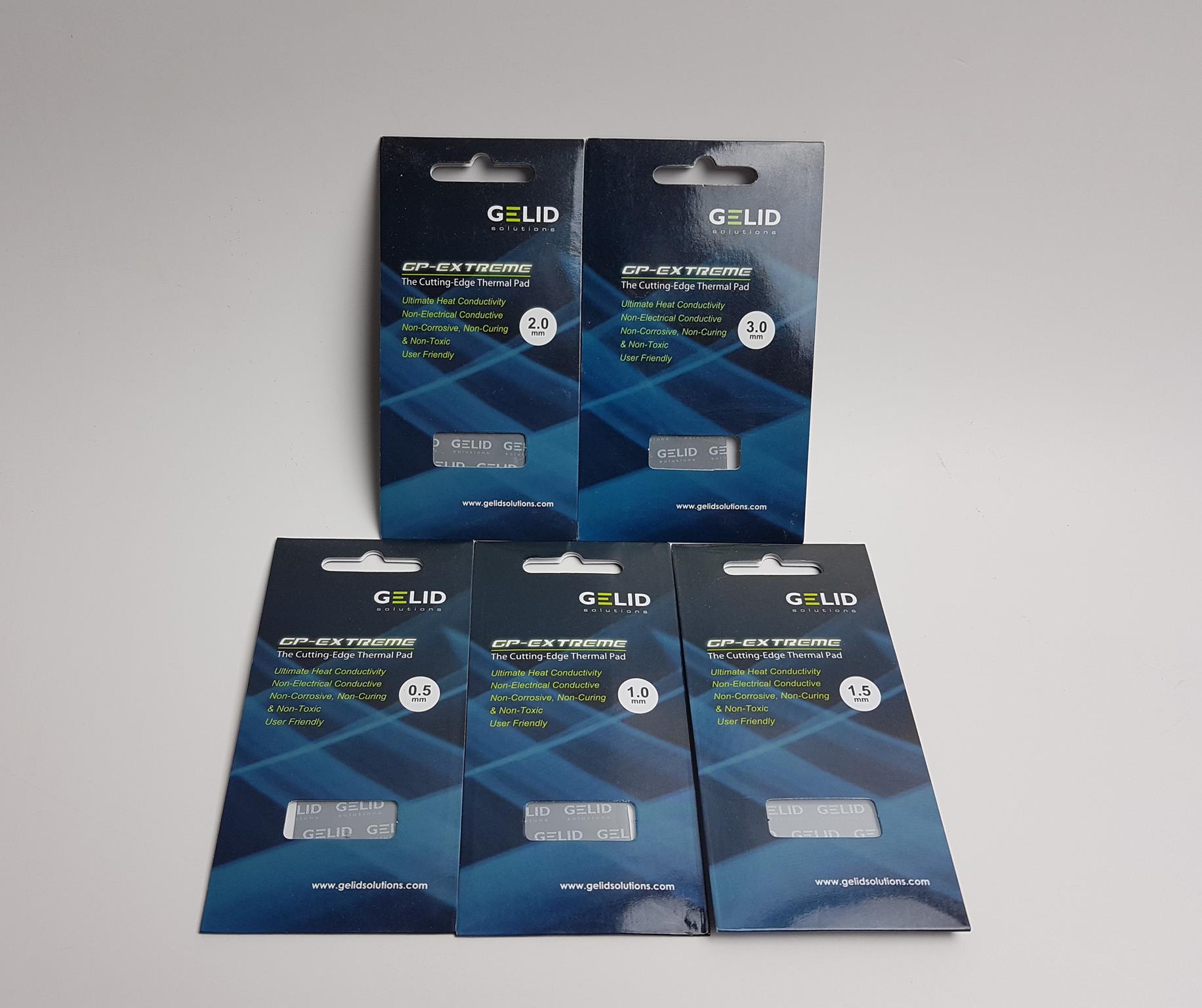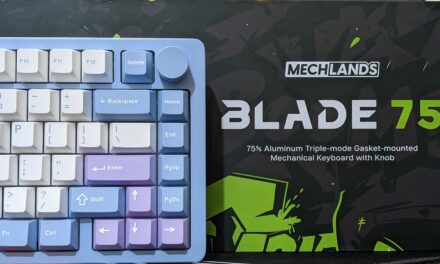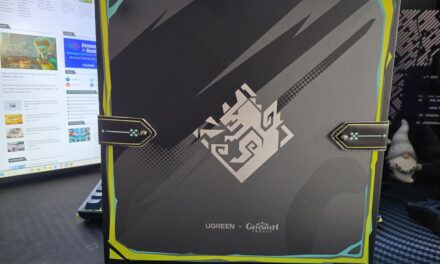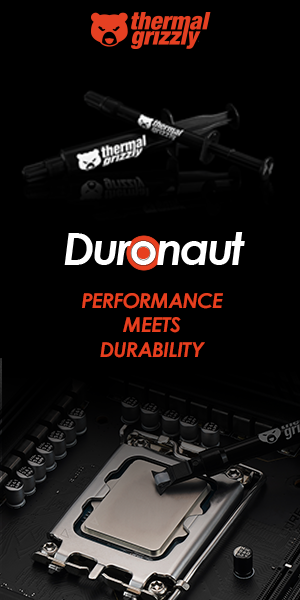
TRENDnet 2.5BASE-T PCIe Network Adapter Review
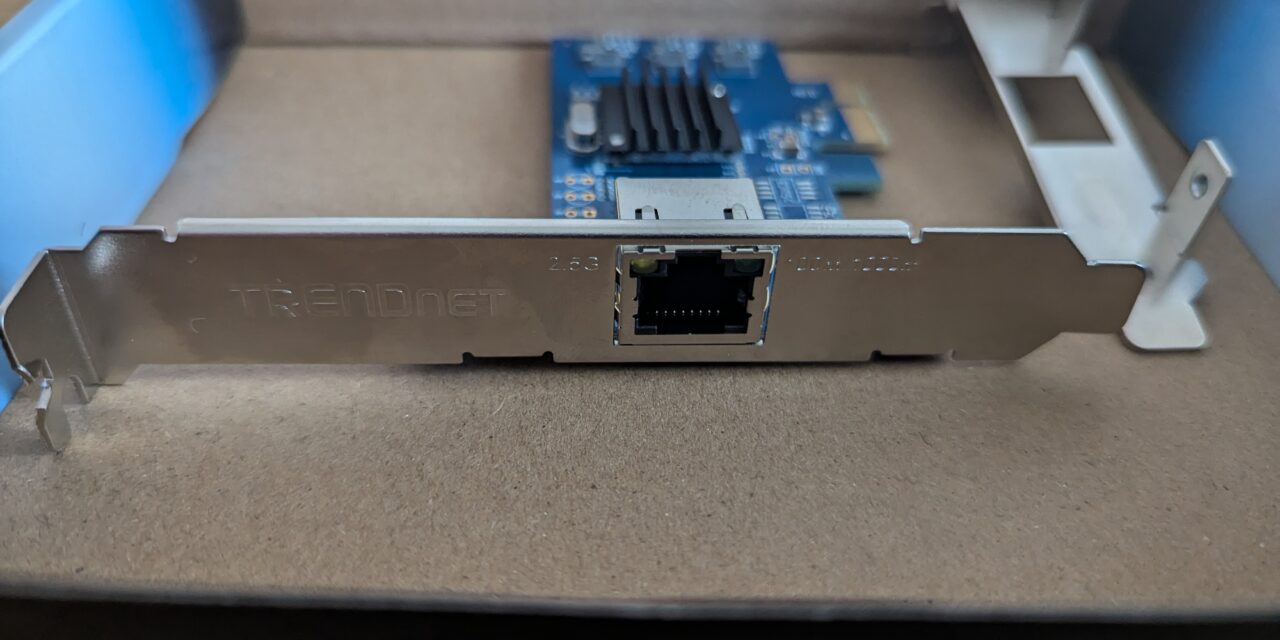
Today we are back into the world of networking with a look at the TRENDnet 2.5BASE-T PCIe Network Adapter. TRENDnet was formed in Southern California in 1990 and continues to innovate and excel in home networking and security. The TEG-25GECTX is available on Amazon (US), Amazon (UK) for around $25/£32 respectively. So it’s on the cheaper end of 2.5GbE home networking. Let us take a closer look and see if it delivers.
SPECIFICATION
- PCIe 2.0
- Supports Windows & Linux (Including Windows Server Operating Systems)
- Includes a low profile bracket for small form factor compatibility
- IEEE 802.3ab and 802.3bz compliant
- Supports up to 9KB jumbo frames
- NDAA / TAA compliant (U.S. and Canada only)
- Realtek 8125B Chipset
TEG-25GECTX NETWORK CARD PACKAGING & ACCESSORIES
The front of the packaging is nicely presented in the usual smart Black and Blue colours used by TRENDnet with an illustration of the network card shown.
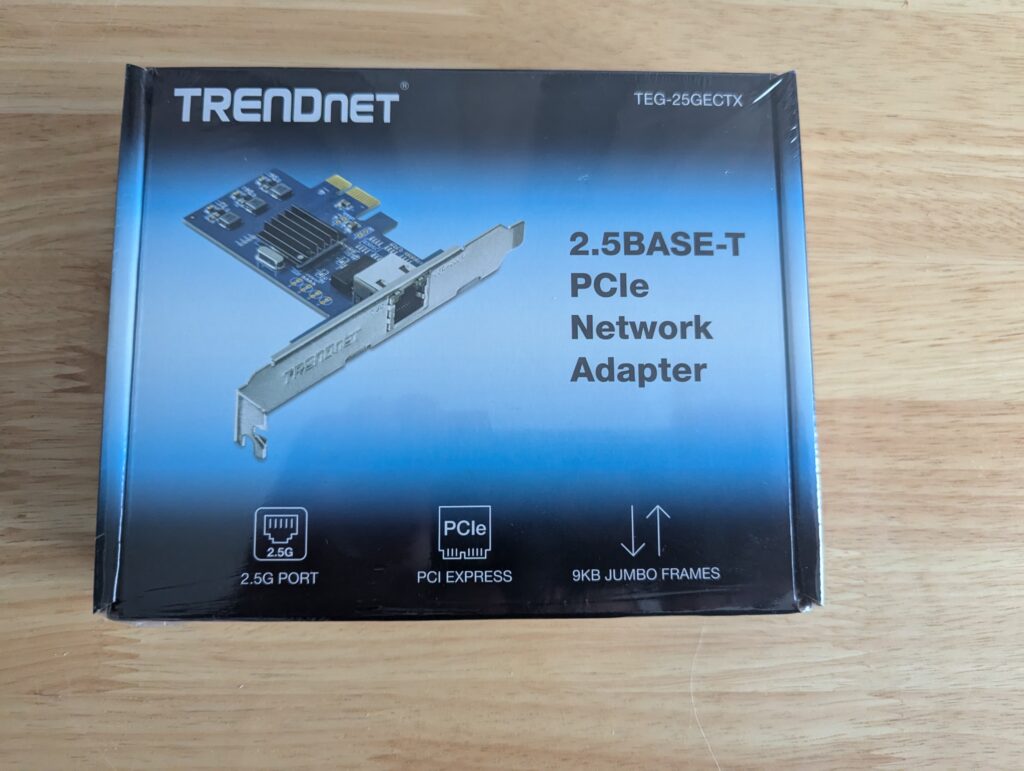
The rear of the box goes into slightly more detail regarding the specifications and also in different languages. Chances are if you’re venturing into the world of 2.5GbE and beyond then you are going to have a rough idea of what hardware you need.
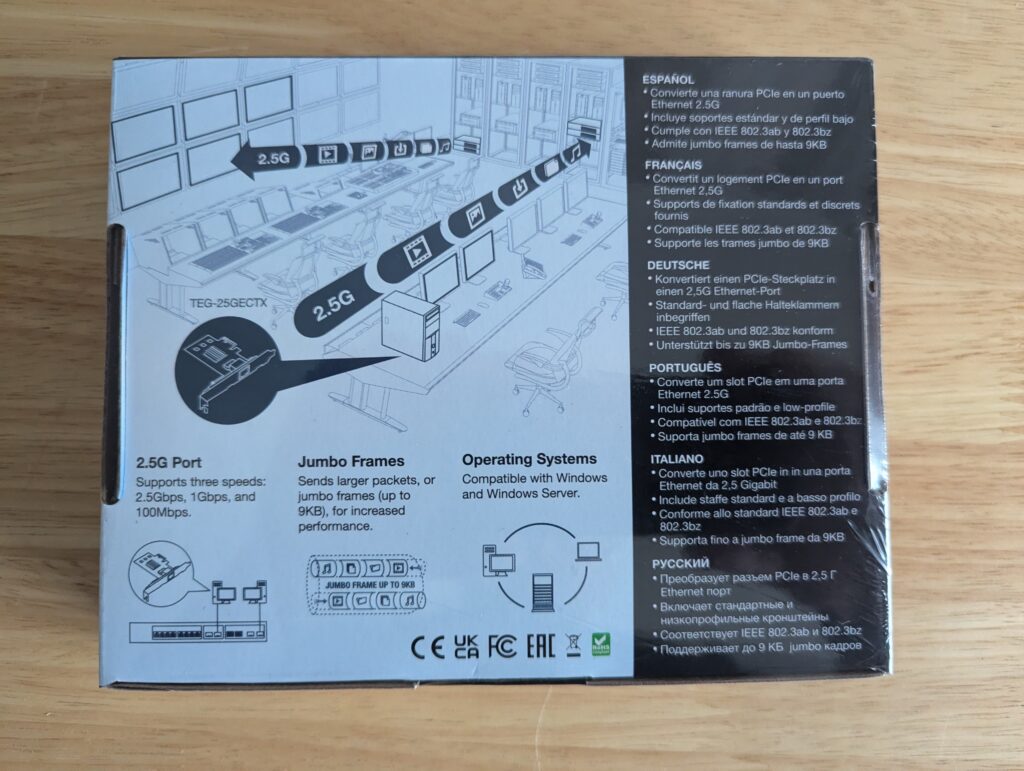
Inside the box, you can see the network card, an included low-profile bracket, as well as a quick installation guide and a safety note.
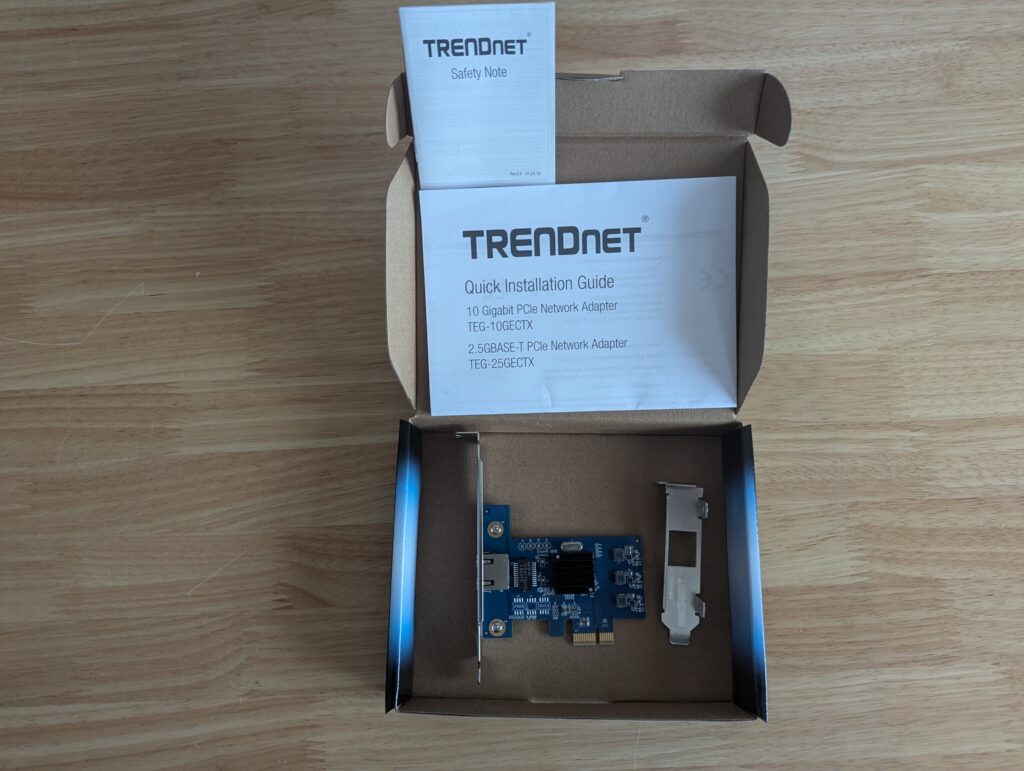
CLOSER LOOK
So it’s simply a case of plugging this network card into a free PCIe 2.0 slot, switching on your computer and it should work automatically. I didn’t need to install any drivers or additional software. The card was detected within Windows and offered full 2.5Gbe connectivity. We have this network card paired with a 2.5Gbe switch (The TEG-S762 from TRENDnet which we previously reviewed) and that’s it, we were offered the aforementioned LAN speed. With 2.5GbE networking, it’s recommended that you use CAT6 cabling or better (Although Cat5e will work in some scenarios).
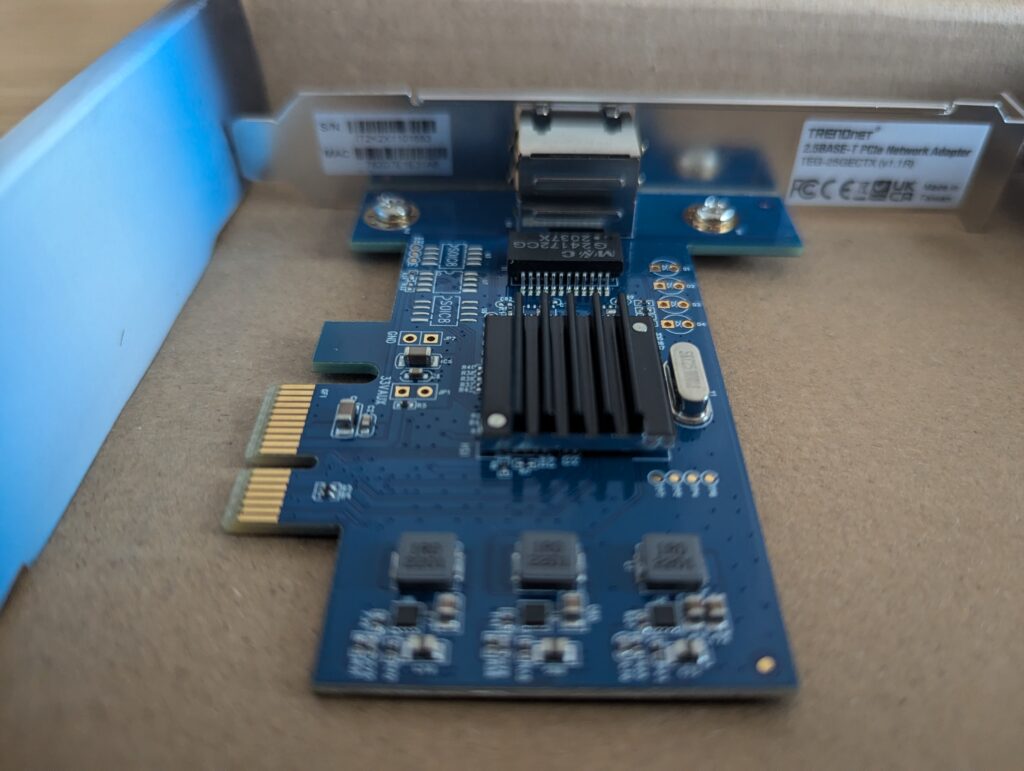
There’s no need for any additional cooling with network cards like these, as you can see the built-in heatsink is more than enough. The card generally has a low-profile design and it’s easy to remove the full-size bracket and swap over to the included low-profile bracket if you’re putting this into a small form factor or Mini-ITX case.
The chipset on this card is the Realtek 8125B chipset which means it is well supported on most operating systems. Including Windows Server if you wanted to put this into a server build. However, it’s also well supported by Linux distributions running a recent kernel. We tested the card on Manjaro and Linux Mint and both appeared to detect the card at full duplex. Likewise, we tested Windows 11 and no drivers or 3rd party applications were needed to get the card working.
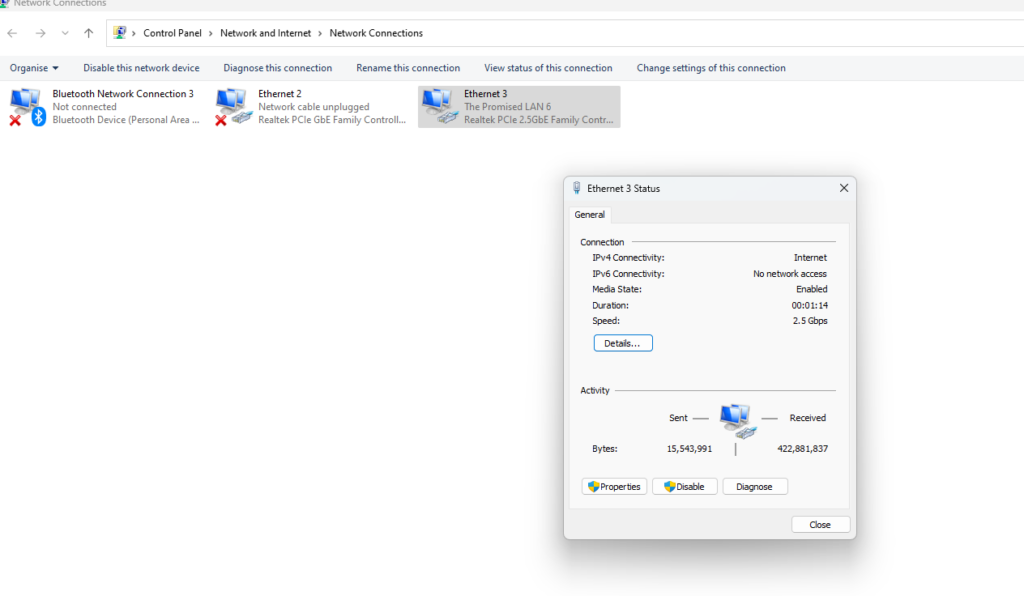
Another interesting fact about this card is that it supports Jumbo Frames up to 9KB so if you really are pushing for network and CPU efficiency then this card has you covered. This can be configured in the advanced driver settings from within device manager (On Microsoft Windows). Realtek chipsets are well established and feature rich which is why so many manufacturers opt to use their chips in their hardware.
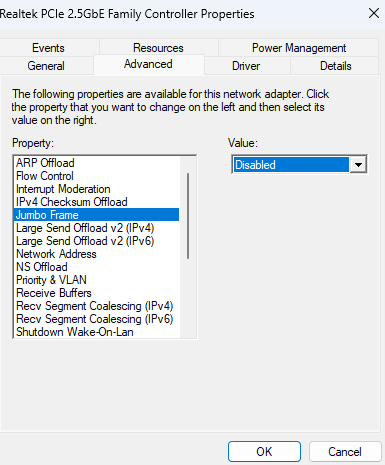
Additionally scrolling down slightly and you can see options for Wake-On-Lan/Magic Packets, as well as the option to force the network card to operate with a specific VLAN tag (great if you are running a managed network).
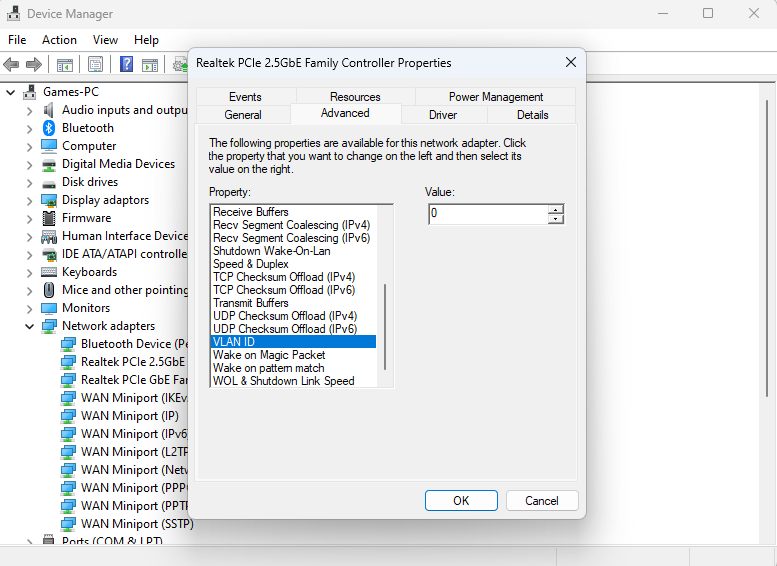
Next, we did a JPerf performance test between 2 PCs both running a 2.5Gbe network card and through a switch which supports this. JPerf is a utility which allows you to benchmark the speed between Computer A and B. As you can see the results were pretty consistent. We ran this same test multiple times and achieved almost identical results on each test. At its lowest point, the card only dropped to 2370 Mbits per second. Whilst these tests were running we left both computers idle to get the best achievable result.
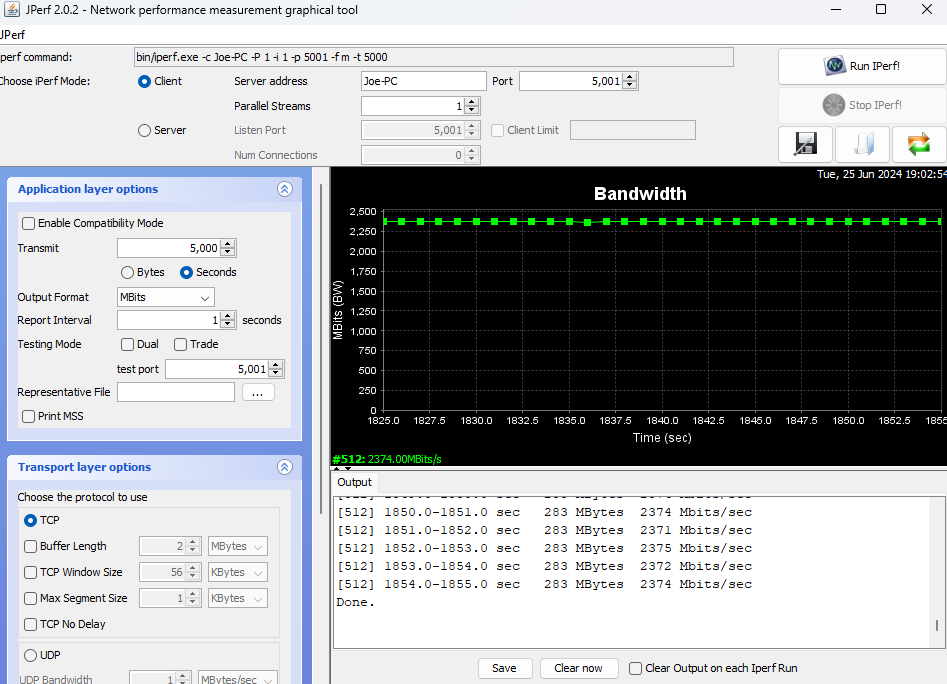
FINAL WORDS
VALUE
Given that 2.5GbE is becoming the new standard, particularly on higher-end motherboards, the TEG-25GECTX is a great way to improve network performance on older devices. The included low-profile bracket is great for smaller systems, meaning this card can be used in almost any system. Just bear in mind that if you’re venturing into multi-gig networking for the first time, then don’t forget you’ll need a 2.5GbE capable switch too. This paired with the TEG-S762 switch means you could expand into the world of 2.5GbE for around $150. Suddenly it’s becoming a lot more affordable.
DESIGN & PEFORMANCE
This little gem does everything that it’s supposed to, and then some. The support for Jumbo Frames and VLAN tagging make this a winner for any home or office environment. Magic packets although old school are still useful if you are trying to conserve power, so well worth considering if this is a concern. The Realtek 8125B chipset is supported by both Windows and Linux so you can plug in, configure if needed and then forget about it afterwards. It really is as easy as that.
We have decided to award the TRENDnet TEG-25GECTX the EnosTech recommended award for its rich feature set and price tag. It’s a must-consider for any home/office network upgrade.

We would like to thank TRENDnet for sending in the TEG-25GECTX for review, and we look forward to working with them again in the future.










